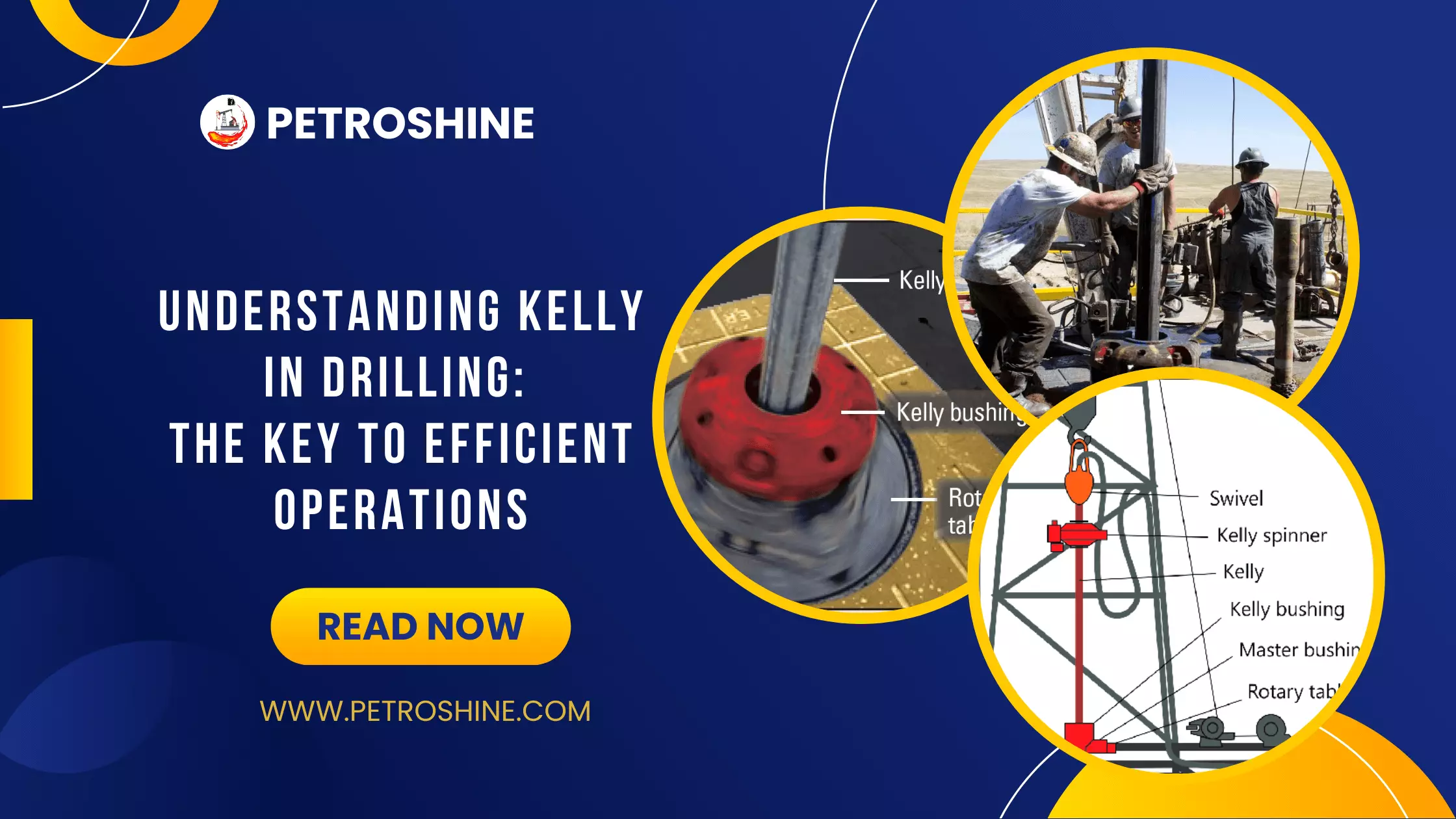Reamers
In hard or abrasive formations, the outside cutting structure of a bit gradually wears away if it is not protected. The bit becomes “pinched” or undergauge, resulting in a hole diameter that becomes smaller with increasing depth. Figure 1 shows an extreme example of an under-gauge bit — this 6 1/2′′ bit, with no stabilization, wore down to 3 3/4′′ OD after making 428 ft in 59 3/4′′ hours.

When a hole is severely undergauge, it is necessary to ream each new bit back to bottom before drilling can resume. This not only costs rig time and reduces bit life, but it increases the possibility of sticking the drill string.
Roller-cutter rotary reamers, with either three points or six points of wall contact (Figure 2 and Figure 3), have proven to be effective for keeping holes in gauge.

This not only prolongs bit life, but it also minimizes wear on other tools used in packed-hole assemblies in crooked hole drilling areas.
Three-point bottomhole reamers are designed to be run between the bit and the drill collars, with the spacing from the bit to the reamer kept to a minimum. This set-up keeps the hole in gauge to ensure minimum time spent reaming back to bottom, protects the gauge of tools above the reamer and provides some stabilization to the bit.
Three-point string rotary reamers are sometimes run in the drill collar or drill pipe strings to centralize the strings in crooked hole areas. When run above the drill collars, they can be effective in reaming out dog-legs, key-seats and ledges. Both types of three-point reamers contain wall contact points spaced 120° apart.
Six-point bottomhole reamers are run between the bit and drill collars, and are used when greater reaming capacity is required than can be provided by the three-point design. They are especially effective in hard, abrasive formations where extremely hard cutters can be run in the lower points and regular hard cutters in the upper points. The six points of contact, spaced 60 °C apart, provide better stabilization than a three-point reamer in crooked hole areas.
A variety of roller reamer cutters are available for different formation types. For hard formations that require a scraping action, such as dolomite, hard lime and chert, the “Q” cutter (Figure 3, top) may be used. For extremely hard formations, the “K,” or knobby cutter (Figure 3, bottom) may be used. Its tungsten carbide compacts act as teeth to fracture the formation.

The reamer bodies shown here utilize drive-fit hardened reamer pins and bearing blocks, which can be easily replaced at the wellsite without the need for special tools or welding.
 Petro Shine The Place for Oil and Gas Professionals.
Petro Shine The Place for Oil and Gas Professionals.



